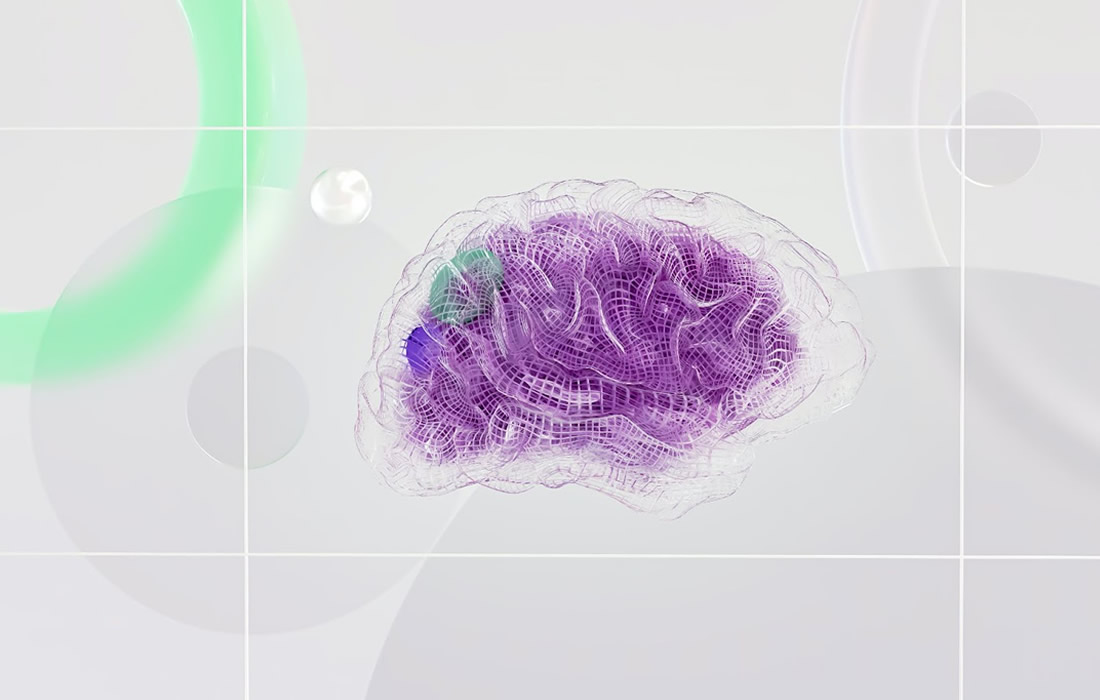Regenerative Medicine News and General Information
Researchers 3D-Print Functional Human Brain Tissue
A team of University of Wisconsin-Madison scientists has developed the first 3D-printed brain tissue that can grow and function like typical brain tissue.
Printing methods have limited the success of previous attempts to print brain tissue, according to Zhang and Yuanwei Yan, a scientist in Zhang’s lab.
Instead of using the traditional 3D-printing approach, stacking layers vertically, the researchers went horizontally.
They situated brain cells, neurons grown from induced pluripotent stem cells, in a softer “bio-ink” gel than previous attempts had employed.
The cells are laid next to each other like pencils laid next to each other on a tabletop.
“Our tissue stays relatively thin and this makes it easy for the neurons to get enough oxygen and enough nutrients from the growth media,” Yan says.
The printed cells reach through the medium to form connections inside each printed layer as well as across layers, forming networks comparable to human brains.
The neurons communicate, send signals, interact with each other through neurotransmitters, and even form proper networks with support cells that were added to the printed tissue.
“Our lab is very special in that we are able to produce pretty much any type of neuron at any time. Then we can piece them together at almost any time and in whatever way we like,” Zhang says.
“Because we can print the tissue by design, we can have a defined system to look at how our human brain network operates. We can look very specifically at how the nerve cells talk to each other under certain conditions because we can print exactly what we want.”
“In the past, we have often looked at one thing at a time, which means we often miss some critical components. Our brain operates in networks. We want to print brain tissue this way because cells do not operate by themselves. They talk to each other. This is how our brain works and it has to be studied all together like this to truly understand it,” Zhang says.
“Our brain tissue could be used to study almost every major aspect of what many people at the Waisman Center are working on. It can be used to look at the molecular mechanisms underlying brain development, human development, developmental disabilities, neurodegenerative disorders, and more.”
The researchers would like to explore the potential of specialization, though, further improving their bio-ink and refining their equipment to allow for specific orientations of cells within their printed tissue..
“Right now, our printer is a benchtop commercialized one,” Yan says.
“We can make some specialized improvements to help us print specific types of brain tissue on-demand.”
Sources:
Yuanwei Yan, Xueyan Li, Yu Gao, Sakthikumar Mathivanan, Linghai Kong, Yunlong Tao, Yi Dong, Xiang Li, Anita Bhattacharyya, Xinyu Zhao, Su-Chun Zhang. 3D bioprinting of human neural tissues with functional connectivity. Cell Stem Cell, 2024; 31 (2): 260 DOI: 10.1016/j.stem.2023.12.009
Materials provided by University of Wisconsin-Madison. Original written by Emily Leclerc. Note: Content may be edited for style and length.
University of Wisconsin-Madison. “Researchers 3D-print functional human brain tissue.” ScienceDaily. ScienceDaily, 1 February 2024. <www.sciencedaily.com/releases/2024/02/240201212823.htm>.
Images from:
Photo by Google Deepmind
https://www.pexels.com/photo/abstracto-tecnologia-investigacion-digital-17483868/

